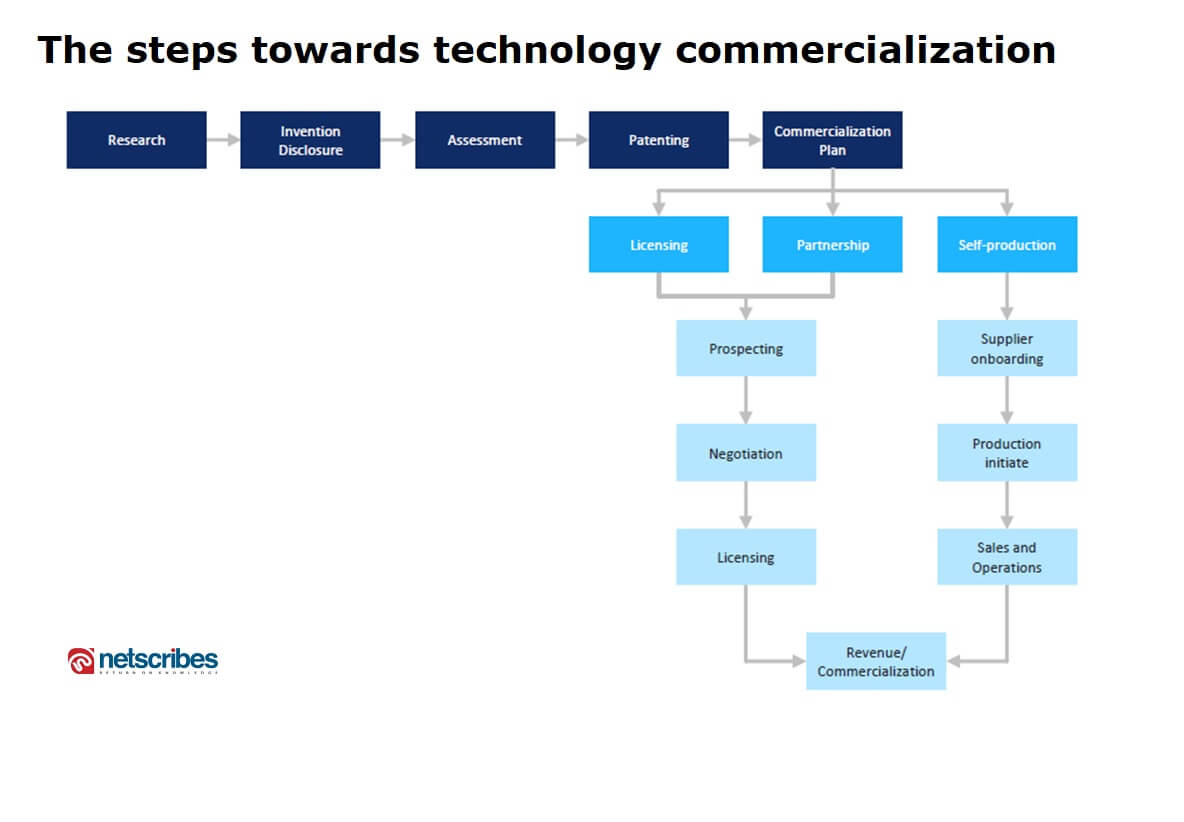Innovative products are the lifeline of any business – whether a start-up or an established corporation and are the key drivers for market success.
But here is a startling fact – not every innovation brings market success. In a survey by PA Consulting of more than 800 UK business leaders, two-thirds said innovation was important to their organizations’ success. However, only one-third of the UK business leaders said they were innovating successfully enough to generate revenue or measurable growth.
Research shows that the average conversion rate from idea generation to its successful commercialization is 0.03%. Simply put, of every 3,000 ideas, about one will see the light of the day. In industries such as pharmaceuticals, this drops further down to 0.01% i.e., one out of 10,000 compounds make it to the market successfully.
Effective innovation requires taking a data-driven approach throughout the development and operational process. This approach allows organizations to understand the value that customers see in their products and services and leverage market feedback for modular product development.
A data-driven approach to innovation requires an in-depth analysis of not only the technology, business, and other market factors, but also stitching those insights together to generate an actionable commercialization plan.
The benefits of a data-driven commercialization strategy
Gathering intelligence about the market, technology, IP, legal, and regulatory aspects and combining these insights to form a clear commercialization strategy is a daunting task. Not only is this process time-consuming, but also requires the right research and analysis. Netscribes understands this challenge and has the expertise to solve it for several clients across industries. Here’s how a robust commercialization strategy backed by reliable data and insights can benefit your organization.
- Clearly define your technology’s FAB
- Estimate the opportunity sizes of your market in the relevant geographies
- Identify your competitors
- Study and draw a comprehensive IP and technology landscape map
- Define the legal and regulatory boundaries of your technology
- Develop a commercialization partnership strategy
- Conduct a strategic analysis
Define the technology’s FAB
A clear definition of the technology’s FAB i.e. Features, Applications and Benefits provides a thorough understanding of its novelty, features, and potential applications in the real world. This step sets the tone of the entire technology research process by articulating exactly how the technology/product can provide a differential advantage for the organization.
Estimate the market size and growth opportunities
The goal of any company is to run a profitable business. This means its innovations must capture a significant market share to establish its customers across numerous relevant industry applications. This is done by first measuring the following:
- Total Addressable Market (TAM ): The entire market universe within which revenue potential for a specific technology lies
- Serviceable Addressable Market (SAM): Market segments that should be focused on at a given stage of the business lifecycle
- Serviceable Obtainable Market (SOM): The actual market share that your business can capture from the SAM
Not only do these metrics play a pivotal role in setting the management’s expectations from the start, but also help keep the costs and other financial factors in check. Considering the various industry drivers, Netscribes adopts different approaches (such as top-down, bottom-up, or triangulation) to identify the market size relevant to your technology.
Identify competitors
This is a critical step in the entire innovation strategy planning process. Without knowing your competitors in and out, it’s impossible to improve your product, technology, or service, or even establish a unique value proposition.
While identifying competitors may seem like a simple activity of running a quick Google search, understanding, and clearly classifying the competition requires strategic thinking and analysis. There are broadly two kinds of competitors to any business, direct and indirect.
Direct competitors sell products and services that are identical to your own and to the same set of target customers. On the other hand, indirect competitors are ones that offer substitute products and services that fulfill your target customers’ needs.
At Netscribes, we identify your technology’s key differentiators and analyze the direct competition based on their product portfolios, technology similarities, potential patent infringements, and target customer segments.
Assess the complete IP and technology landscape for your invention
A detailed analysis of patent and scientific literature relevant to your invention is critical to understanding its IP and technology landscape as a whole. This offers unique insights into investment priorities, areas for improvement, partnership opportunities, disruptive technologies, competitors’ innovation focus, whitespace market areas, and much more. The earlier innovation leaders gather this intelligence, the more effectively and productively can they allocate their R&D resources and investments.
Understand the legal and regulatory boundaries of your technology
Traditionally, regulatory compliances and risk management were never the subjects of concern for the business managers. However, with companies looking at global markets to expand their customer base through exports or different entry modes such as local manufacturing setups, they must receive approvals from several regulators working at various aspects of the environment, animals, and human beings in every country/region.
A key thing to note is that not all regulations are essential for compliance for every company. We understand your technology and product’s impact on the environment, industry application, and human beings. This clear and comprehensive approach helps you obtain details of relevant regulatory bodies, regulatory acts and clauses, test procedures for approvals, and steps to file for regulatory approvals in every country your company plans to commercialize its inventions.
Identify the right partnerships
Companies generally follow a nine-step approach to take their technology ideas from research to commercialization:







